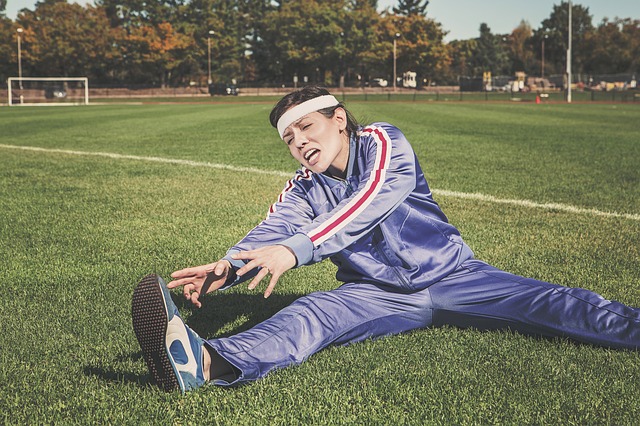
Plantar Fasciitis – Have You Got Pain In Your Foot?
1st March 2018
Do Pilates or not to do Pilates, that is the question.
15th March 2018What is persistent pain?
It is defined as ‘pain that persists beyond normal tissue healing time’, which is approximately 3 months. So what does that mean in English? Well if you were to structurally injure pretty much anything e.g. break a bone in your body or partially tear a muscle it would have repaired, left to its own devices, in 3 months.
Here are 2 things we commonly hear people say “Some things take longer to heal” or
“It’s because I am older it takes longer”. Well the reality is both statements are thankfully not true. If you have a cut, or bruise or sunburn or a broken bone, the healing time is almost the same for everything throughout your life.
Now our bodies are amazing and are great at healing us. While they are healing, the area will become more sensitive. Its saying ‘Hey! Be careful for a bit, i’ve been injured’. And we’ve all experienced that after an injury.
But as the healing time goes on what should happen is that the area becomes less sensitive and more tolerant to being moved, pressed on, stretched and exercised. That should happen by itself but does rely on us trusting the area and gradually moving it more. Once it’s started knitting together well, normally you find you can do more, with less pain. Still sensitive but not too bad.
Following a muscle, tendon or joint tissue injury and subsequent full healing the expectation is that you are ‘back to normal’, and can do anything again. This is good in theory but often not in practice. Let me explain…
If Wayne Rooney injured his hamstring muscle in a football game ( a partial tear), he’d have some pain and inflammation and would probably be asked to take some anti inflammatories, not run and have a scan to see the extent, remember he’s worth a lot of money!
Once it’s found he does not need surgery, he will be advised most likely to do some swimming, cycling and other things but not running. Now after the first 10-14 days the inflammation should be gone and some muscle repair should have begun.
Now this is the important bit….EVERYTHING from this moment on is about gradually exposing the repairing muscle to being stretched and strengthened. How does he do that? Exercise – gradually doing harder strength work and then adding in speed and agility rehab. So that when he returns to play he has a repaired and strong resilient muscle.
Now here’s the thing, if you have had an injury, how hard have you worked to restore the area back to its pre injured state? Typically it has got to a point where it doesn’t hurt, or hurts less and then you do more activity or movement. Sometimes you get more pain. That leads to you questioning yourself ‘has it healed yet?’ or ‘ i should avoid doing that for the moment’ and then you end up in a situation where you are not moving normally and are wary of doing things that are painful and hey presto you are in the persistent pain cycle.
This is just one example of how persistent pain can begin. There are lots of other factors that can affect your pain such as lack of sleep and stress. But you CAN do something about it, and in most cases get rid of it.
So don’t fear pain, just understand the reasons why it is there and that ongoing pain does not usually mean harm or damage. Adopt a ‘I am in pain but i am safe’ attitude and gradually do more or if you would like some more specific help why don’t you give someone like us a call.
If you want to talk to an expert to find out more about how to reduce YOUR persistent pain feel free to get in touch with any questions you might have on 01625 422825.
Please share this with your friends and family using the links below!

